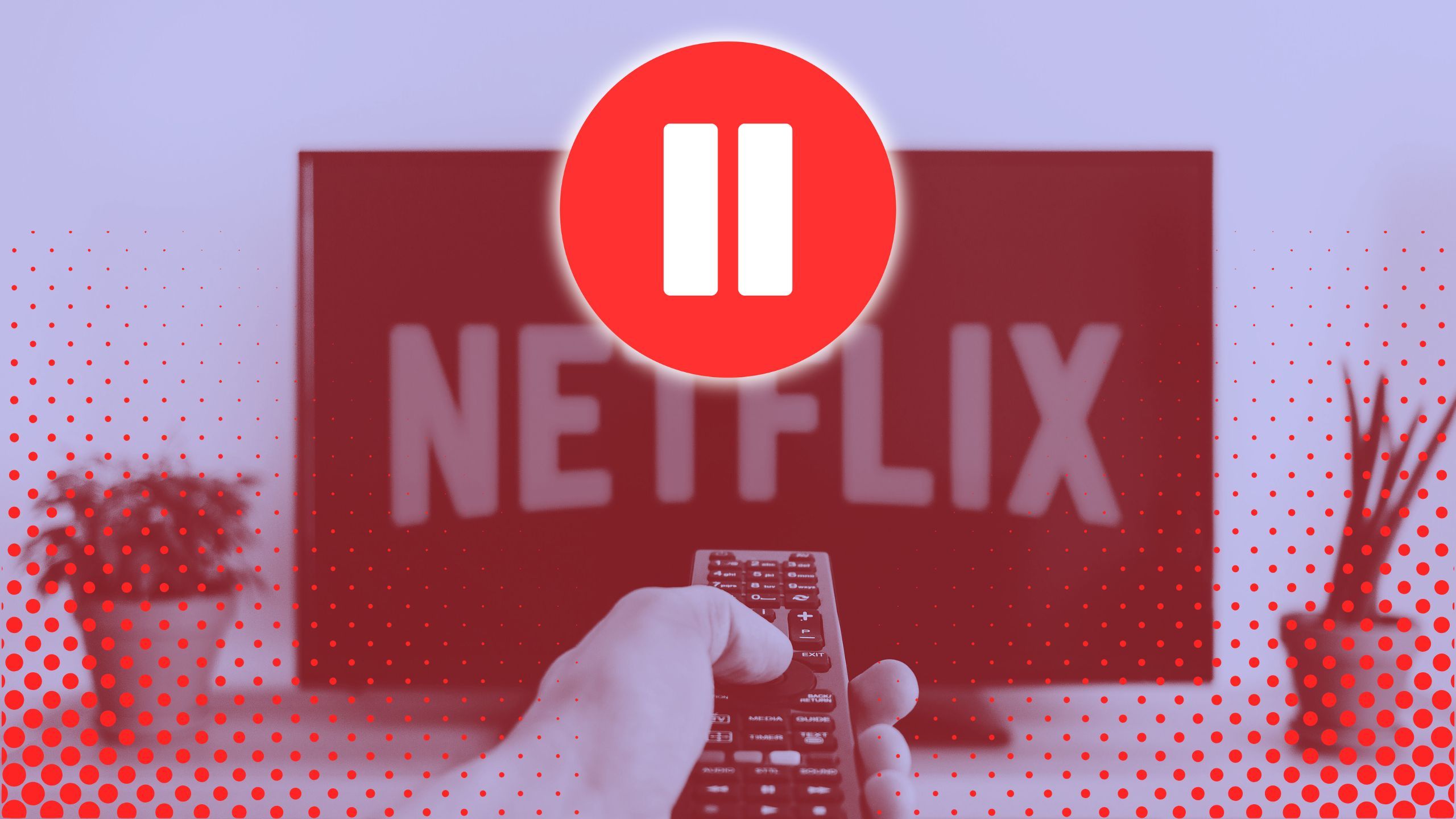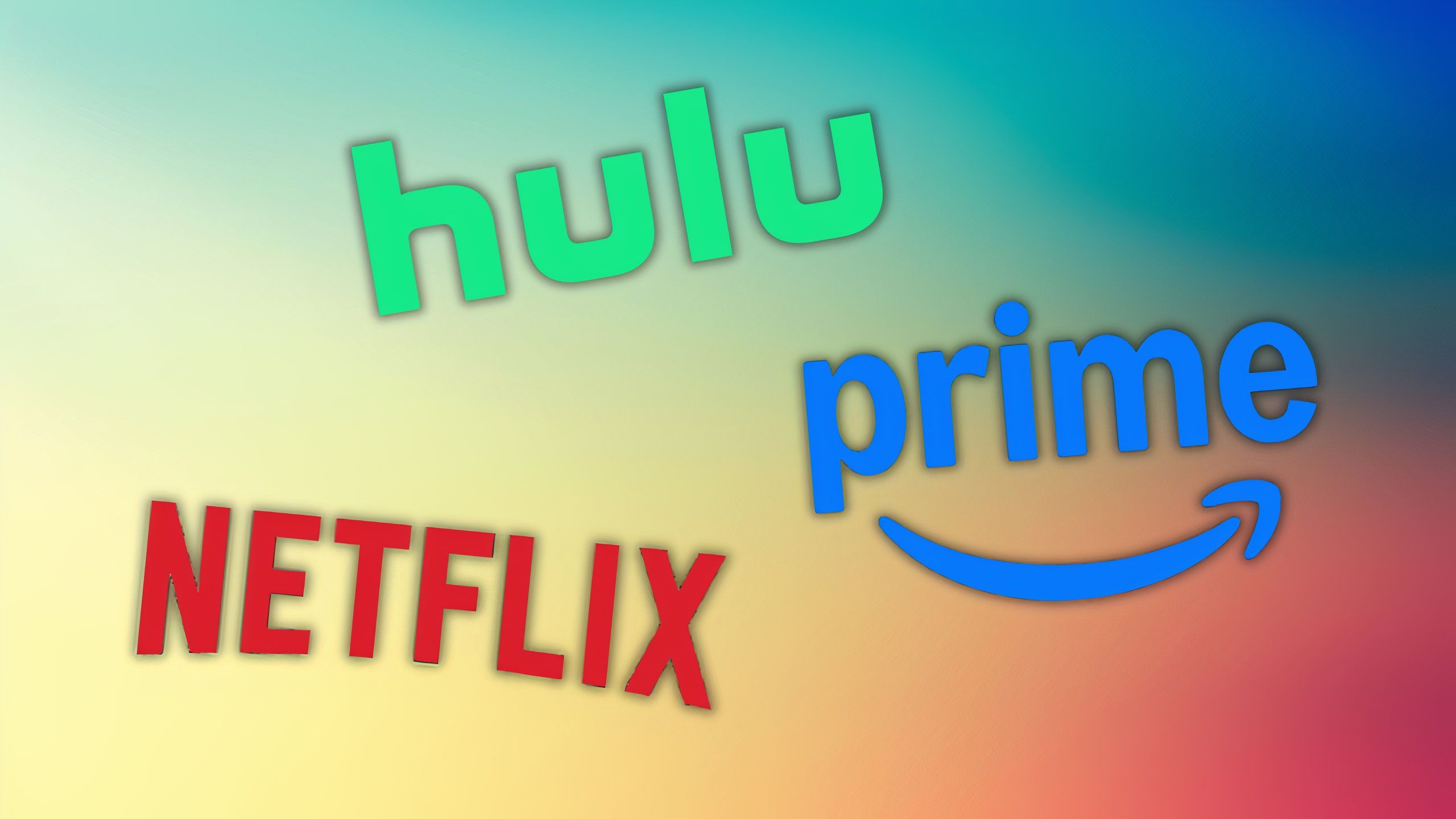Summary
- Back in October 2024, the FTC unveiled a new Click-to-Cancel rule that aimed to streamline the process of subscription service cancellations.
- The ruling, which was originally supposed to go into effect six months from October, has now been struck down by a US federal appeals court.
- In today’s era of subscription service supremacy, transparent and easy access to cancellation options is highly desirable from a consumer standpoint.
Back in October of last year, the United States Federal Trade Commission (FTC) announced a finalized Click-to-Cancel rule that’d force sellers to make their subscription service cancellation processes a single-step affair. The Commission’s rule provided a legal framework to prevent companies from “failing to provide a simple mechanism to cancel the negative option feature and immediately halt charges.”
Click-to-Cancel — with all its finalized provisions in tow — was slated to go into effect 180 days after its publication in the Federal Register. This timeframe was upended by a change in American administration at the federal level, as well as by lawsuits initiated by major telecommunications and entertainment companies.
In a new turn of events, the US Court of Appeals for the 8th Circuit has now struck down the FTC’s Click-to-Cancel rule, casting a shadow on the prospects of easy single-click cancellation across digital subscription services. In its ruling, the court cited “procedural deficiencies,” with all three panel judges arriving at this conclusion in unanimity.
Related
Canceling your Netflix, Adobe, and Prime is about to get a whole lot easier
The FTC has issued a new ruling called “Click-to-Cancel” which will require companies to make it easier for consumers to cancel their subscriptions.
Subscription services should be easy to cancel
The FTC’s Click-to-Cancel rule would’ve been a boon to consumers
Pocket-lint / Netflix / Hulu / Amazon Prime
These days, subscription-based services are a dime (or several dimes) a dozen. Across film, TV, video games, music, books, news, shopping, fitness, and everything in between, you can count on service providers to offer up a set of paid subscription tiers with recurring bill cycles.
Often, you can also count on said service providers to offer up convoluted subscription price ladders, opaque terms and conditions, and, naturally, a jumble of hoops to navigate through in order to cancel an existing subscription or trial period.
It’s unclear whether the Commission will attempt to restructure its efforts via a revised rule.
With its Click-to-Cancel rule, the FTC aimed to neutralize this anti-consumer behavior of obfuscating cancellation options from consumers. This would’ve been a major win from the standpoint of transparency, offering a far more convenient and user-friendly method for axing unwanted subscription fees. From the perspective of Adobe, Amazon, Netflix, and other giants, meanwhile, a one-and-done subscription cancellation button isn’t exactly the sort of thing you’d find at the top of their respective wish lists.
As of right now, the FTC hasn’t commented on this development. It’s unclear whether the Commission will attempt to restructure its efforts via a revised rule, or if Click-to-Cancel is headed to the legislative graveyard before it even had a chance to be implemented. The Commission’s track record when it comes to pushing back against big tech is spotty — it failed to meaningfully push back against Microsoft’s purchase of Activision-Blizzard-King in 2023, for example. With relatively tumultuous political circumstances within the contemporary US, it wouldn’t surprise me if the FTC were to ultimately wave the white flag on this particular battle.

Related
Need a break from Netflix? Here’s how to pause your subscription
Save some money if you’re going on a long vacation.
Trending Products

Sceptre Curved 24.5-inch Gaming Monitor as mu...

SAMSUNG 34″ ViewFinity S50GC Collection...

Wi-fi Keyboard and Mouse Combo – Rii Co...

Logitech Media Combo MK200 Full-Measurement K...












